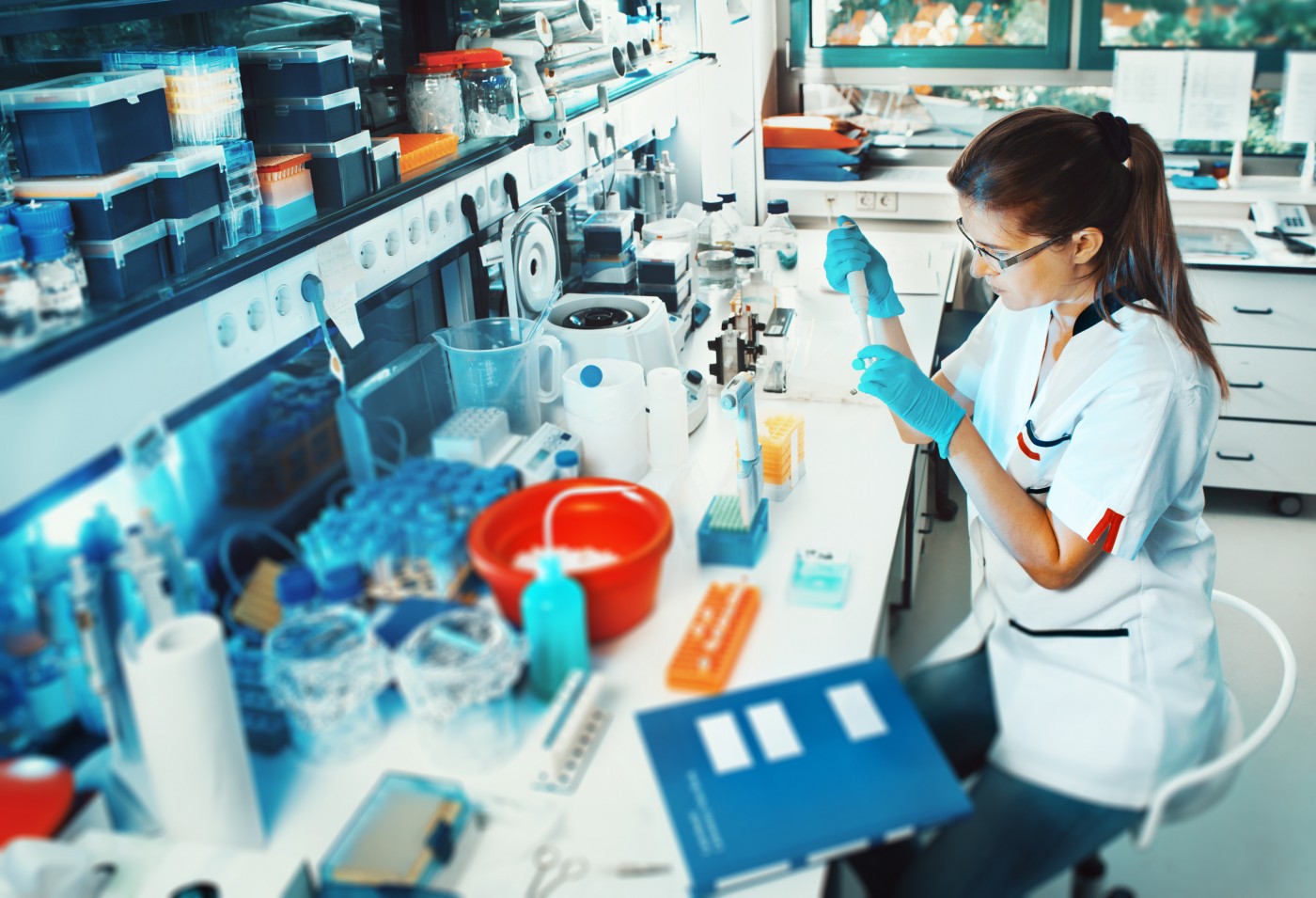Research Into Key Protein Could Lead To New Therapeutic Target for Pulmonary Hypertension

A new study led by researchers at Chengdu Women’s and Children’s Central Hospital in China revealed that angiotensin II interferes with the expression of collagen and specific proteins important in pulmonary hypertension pathology, suggesting a potential new therapeutic target. The study was published in the journal Genetics and Molecular Research and is entitled “Effects of angiotensin II intervention on MMP-2, MMP-9, TIMP-1, and collagen expression in rats with pulmonary hypertension.”
Pulmonary arterial hypertension (PAH) is a life-threatening condition involving the increase of blood pressure in the pulmonary arteries that supply blood to the lungs, leading to vascular remodeling, increased pulmonary vascular resistance, difficulties in breathing, right-sided heart failure and eventually death. Overall, patients with this disorder have a poor prognosis.
[adrotate group=”4″]
Vascular remodeling associated with PAH is characterized by the reconstruction of the layers and extracellular matrix of blood vessels, a process that involves collagen, elastin and over-proliferation of vascular smooth muscle cells (VSMCs). Angiotensin II (AngII) is a protein factor that has been associated with PAH and known to stimulate the proliferation of VSMCs. Matrix metalloproteinases (MMPs) are proteolytic enzymes that regulate the extracellular matrix remodeling, collagen degradation and VSMCs migration. MMP-2 and MMP-9 in particular, are capable of degrading denatured collagen and promote VSMC proliferation and migration.
The goal of this study was to investigate the possible relationship between MMPs and AngII and to increase the understanding of the mechanism underlying PAH. Researchers included a specific PAH animal model [with left pneumonectomy + monocrotaline (MCT) treatment] to mimic the damage induced by severe vascular remodeling, and two drugs used in hypertension treatment – captopril and losartan. The mean pulmonary arterial pressure (mPAP), right ventricular index, and the expression of collagen, MMP-2, MMP-9 and a tissue inhibitor of metalloproteinase-1 (TIMP-1) were assessed in 40 male rat models. Animals were randomly grouped into 4 categories: normal, model (pneumonectomy + MCT), captopril and losartan.
[adrotate group=”3″]
Researchers found that after 5 weeks of treatment the mPAP, right ventricular index, collagen deposition, degree of arterial muscularization, and expression of MMP2, MMP9 and TIMP1 were all significantly higher in the model group in comparison to the other groups analyzed. Captopril and losartan were found to significantly reduce mPAP, right ventricular index and degree of arterial muscularization in comparison to the model group. The drugs also inhibited the expression of MMP2, MMP9 and TIMP1 proteins, although their levels were still higher than in the normal group, suggesting that AngII induces the expression of these proteins.
The research team concluded that AngII is able to regulate the expression of MMP2, MMP-9 and TIMP-1, and to affect collagen deposition. The team suggests that since AngII is involved in pulmonary vascular remodeling, it could represent a potential new target for PAH treatment strategies.







